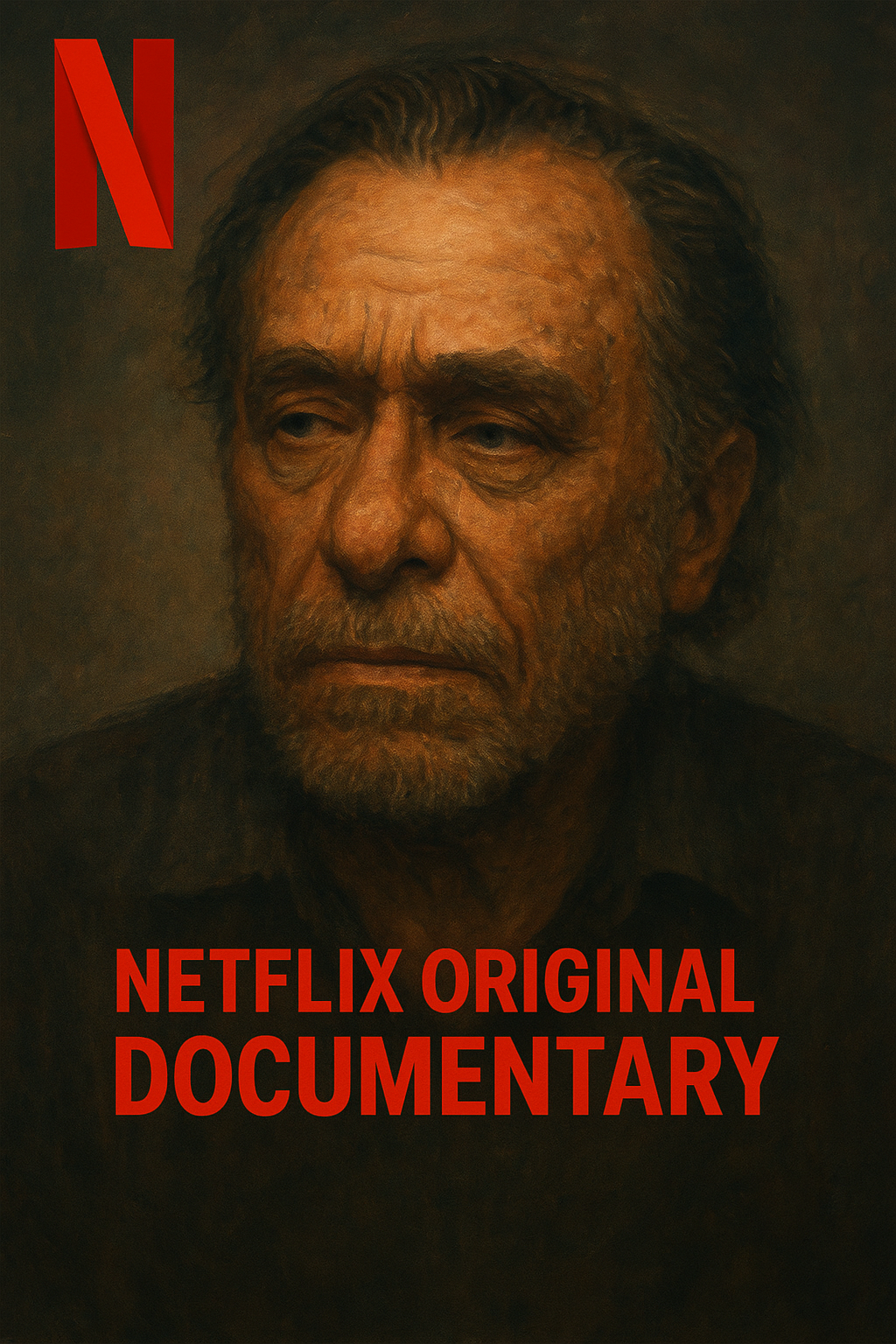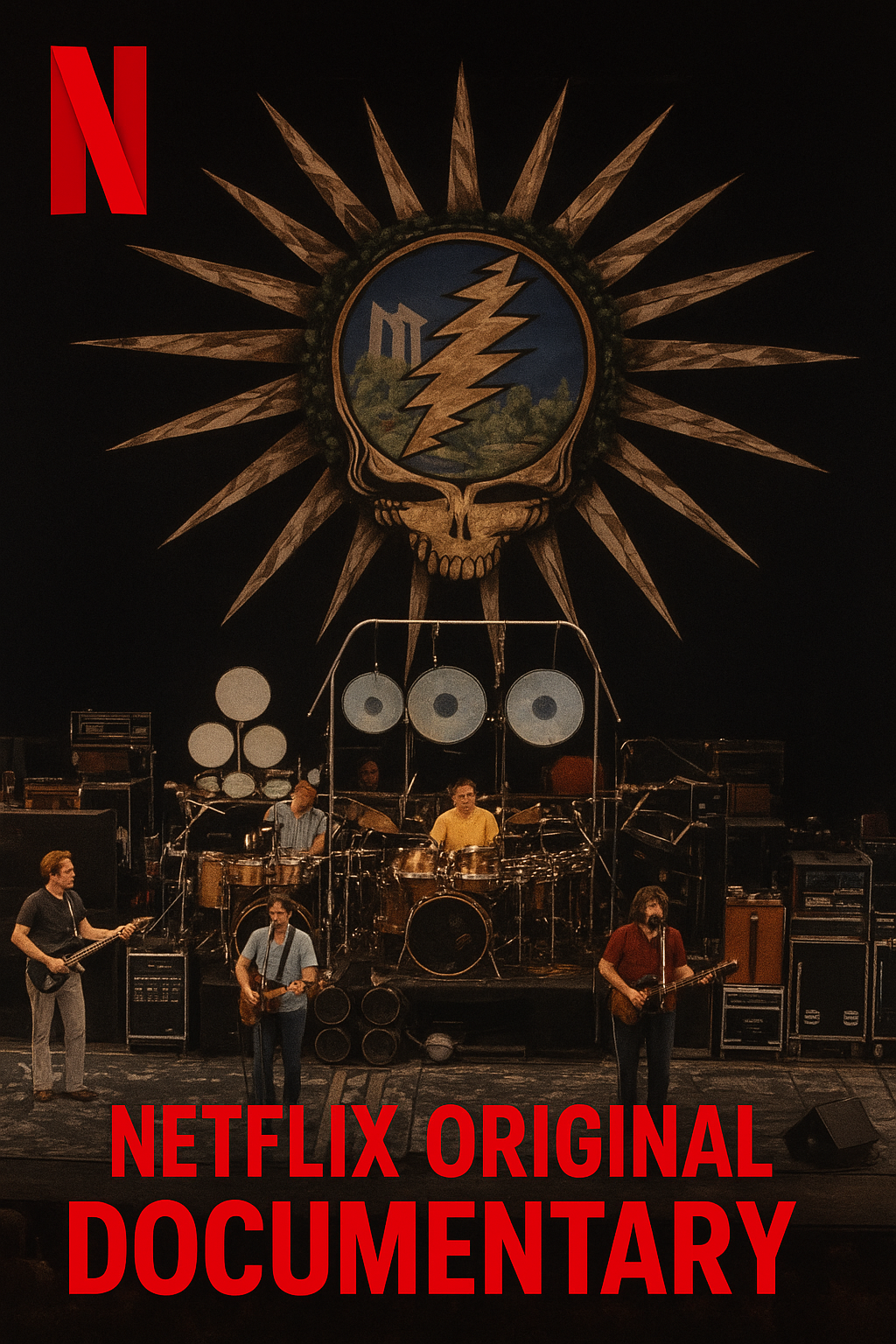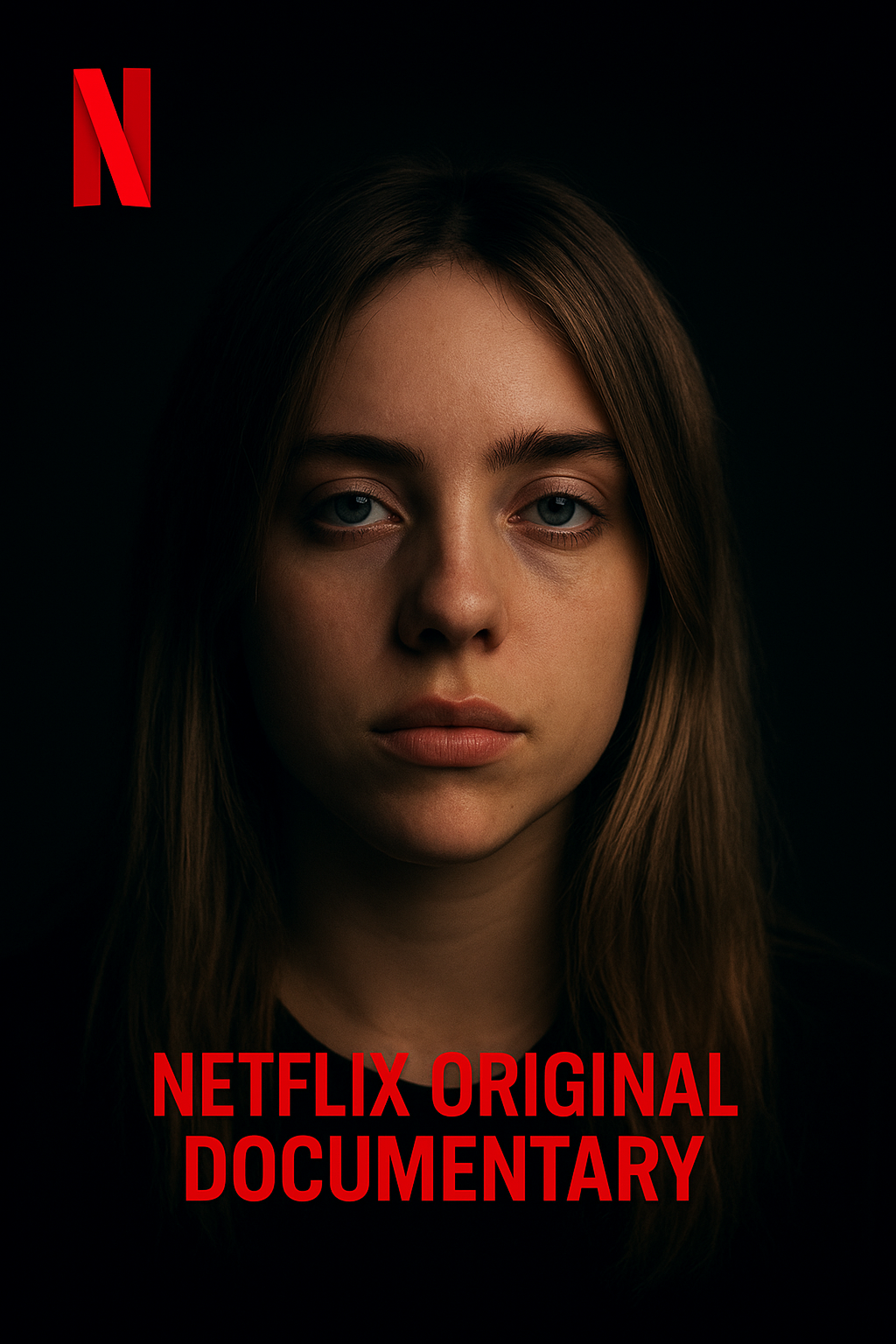In 1995, the world witnessed something few believed could ever happen: the surviving Beatles—George Harrison, Ringo Starr, and Paul McCartney—reuniting to revisit their shared past. The project, aptly named The Beatles Anthology, was an ambitious multimedia endeavor encompassing a documentary series, a book, and three double-album compilations. But beyond the public output, what fascinated fans and critics alike was the dynamic between the three remaining Beatles as they navigated their history and legacy without John Lennon, who had been tragically killed in 1980.George Harrison approached the Anthology project with a mix of curiosity and skepticism. Always the most spiritually introspective of the Beatles, George had moved far from the rock-and-roll circus that defined the band’s earlier years. By 1995, he had enjoyed a successful solo career and was deeply involved in his passions, including gardening and producing with his Handmade Films company. However, George also recognized the cultural weight of the Beatles and, perhaps more importantly, the opportunity to set the record straight from his own perspective.Paul McCartney, the most publicly active of the three, was arguably the driving force behind getting the Anthology project off the ground. Paul had long championed the idea of revisiting the Beatles’ archive, and he understood the importance of curating their story before it became distorted by time. His enthusiasm for the project was evident, though it came with a layer of control that occasionally rubbed his bandmates the wrong way—echoes of the tensions that surfaced during the Beatles’ final years. Still, Paul’s melodic instincts and optimism gave the project a sense of unity.Ringo Starr, ever the peacekeeper and affable presence, was the glue that helped maintain harmony during the Anthology sessions. While not always as heavily involved in the Beatles’ songwriting process, Ringo’s recollections were invaluable in shaping the human side of the story. He brought a relaxed and reflective tone to the interviews and studio work, helping diffuse potential clashes between Paul and George. Ringo’s sense of humor and grounded nature reminded everyone of the camaraderie that once defined the band.One of the most poignant elements of the Anthology was the decision to include John Lennon through the resurrection of two of his home demos, “Free as a Bird” and “Real Love.” Yoko Ono entrusted these recordings to the remaining Beatles, who then added their instrumentation and vocals to create new tracks. The act of collaborating with John posthumously was a deeply emotional process, particularly for George. It was George who insisted that if they were to include John’s voice, it had to be treated with authenticity and respect—not as a gimmick but as a true final collaboration.The recording sessions for these songs were not without technical and emotional challenges. Lennon’s original demo tapes were lo-fi and imperfect, requiring producer Jeff Lynne—George’s close collaborator in the Traveling Wilburys—to work digital magic. The resulting tracks were met with mixed critical reactions, but for fans and the Beatles themselves, the gesture transcended any production flaws. It was an act of closure, a sonic reunion that offered a glimpse of what could have been had history taken a different course.Interpersonal dynamics among George, Ringo, and Paul during the Anthology era were complex. Old grievances occasionally surfaced, especially between George and Paul, who had famously butted heads during the “Let It Be” sessions. Still, there was also a shared maturity and mutual recognition that time had softened many of the old wounds. They laughed, argued, remembered, and, most importantly, played music together—something that had not happened in over two decades.The interviews conducted for the documentary revealed how each Beatle remembered events differently, often contradicting one another or viewing the same moments through very different lenses. These divergences didn’t detract from the project—they enriched it. Rather than present a sanitized or unified story, Anthology showed the Beatles as real, complex individuals whose memories and experiences shaped their perceptions. In doing so, the series humanized them in a way no prior retrospective had.For George, the Anthology may have marked a final act of reconciliation with the Beatles’ legacy. He would retreat more into private life in the years following, and though he continued to make music, it was clear he had said what he needed to say. His contributions to Anthology, both musically and narratively, reflected a man at peace with his past—even if he still guarded certain aspects of it.Paul, on the other hand, seemed invigorated by the project. He would go on to embrace his Beatles identity more fully in his solo tours and public persona. The Anthology had reaffirmed his place not just as a Beatle, but as a key custodian of their legacy. Ringo too continued to perform and connect with fans, often revisiting Beatles tracks in his All-Starr Band tours with a sense of joy and gratitude that fans found infectious.Ultimately, The Beatles Anthology in 1995 was not just a retelling of history—it was a moment of healing. For George, Ringo, and Paul, it was a rare chance to reflect, reconcile, and re-create, however briefly, the magic of a band that changed the world. That they chose to do it together, decades after the last notes of Abbey Road faded, was a gift not only to fans but to themselves.
Related Posts

Netflix Releases Trailer for the Highly Anticipated Charles Bukowski Documentary.
Netflix has unveiled the trailer for its upcoming documentary dedicated to the life and legacy of Charles Bukowski, igniting fresh interest in the work of one of literature’s most brutally honest voices. Bukowski, the poet and novelist who chronicled life’s underbelly with raw humor and unfiltered emotion, remains an enduring symbol of rebellion and authenticity. […]

IT’S NOW OFFICIAL And Streaming: Netflix Has Unveiled the Trailer for the Highly Anticipated Greatful Dead Documentary.
Netflix has released the long-awaited trailer for its highly anticipated Grateful Dead documentary, and the internet is buzzing with excitement. For years, fans have speculated about when a definitive, modern retelling of the band’s history would arrive, and now the moment is finally here. The trailer offers only a few minutes of footage, but it’s […]

End Of An Era, BILLIE EILISh Truck Band Bids the World Farewell: The Rock Band Confirms 2026 Tour as Their Final Bow — Full Date and City revealed.
The global music scene is preparing for a major emotional moment as the BILLIE EILISH Truck Band has officially announced that their 2026 world tour will be their last. After years of shaping modern rock with their experimental sound and unforgettable performances, the band has decided it’s time to take a final bow. Fans everywhere […]